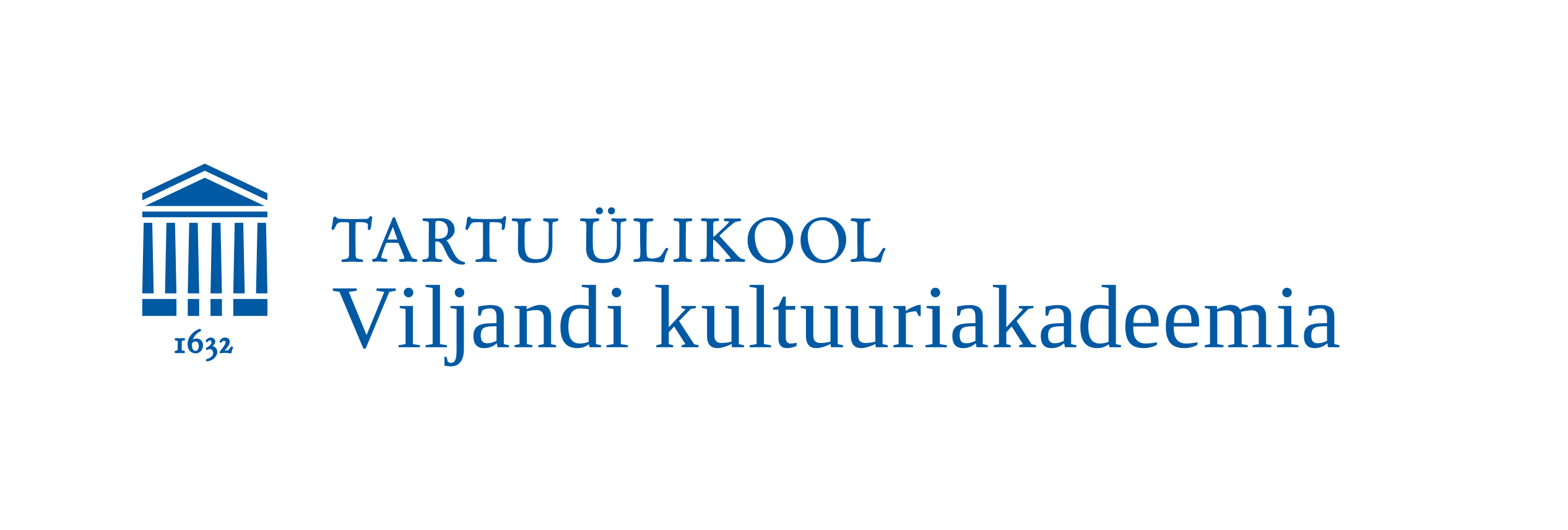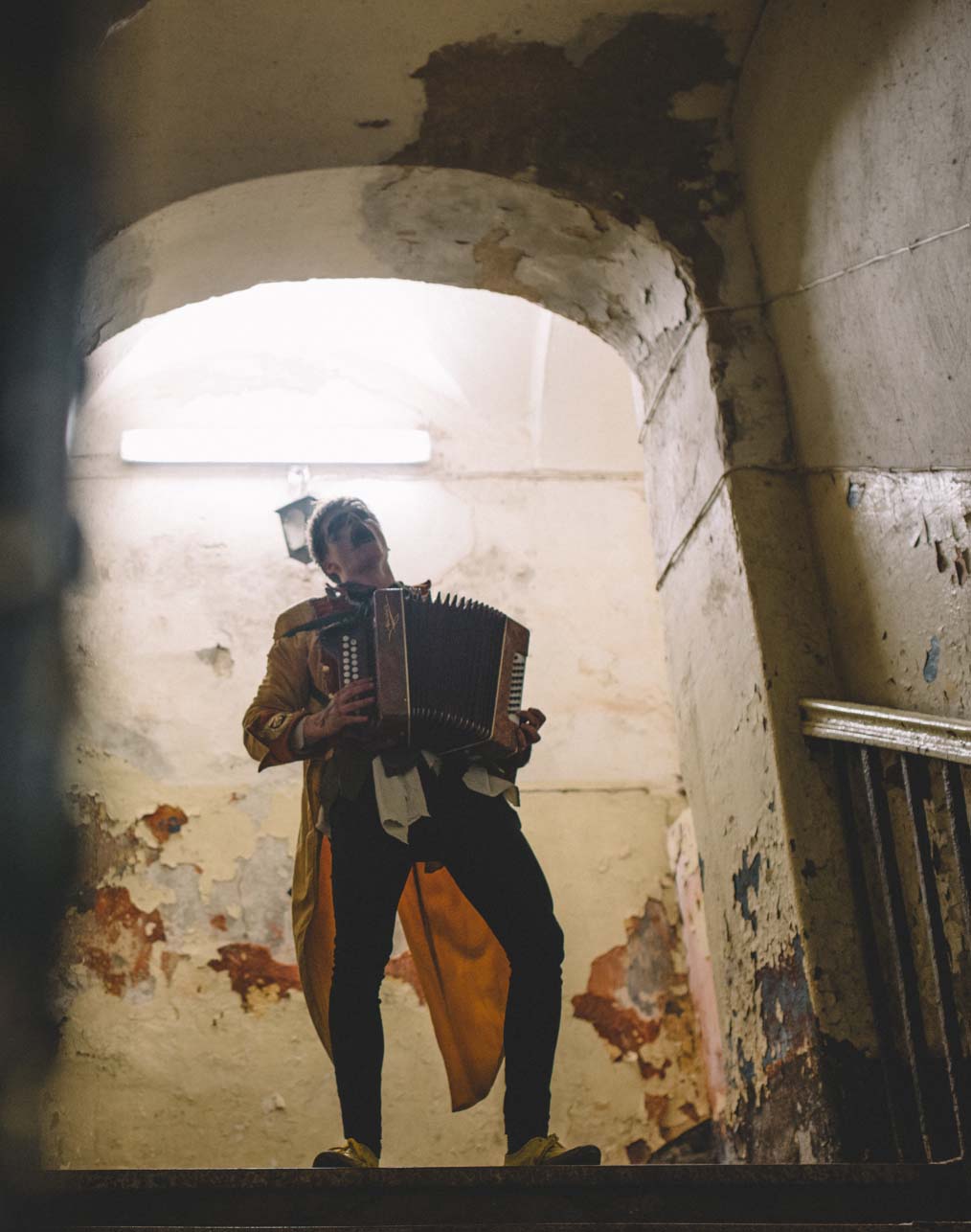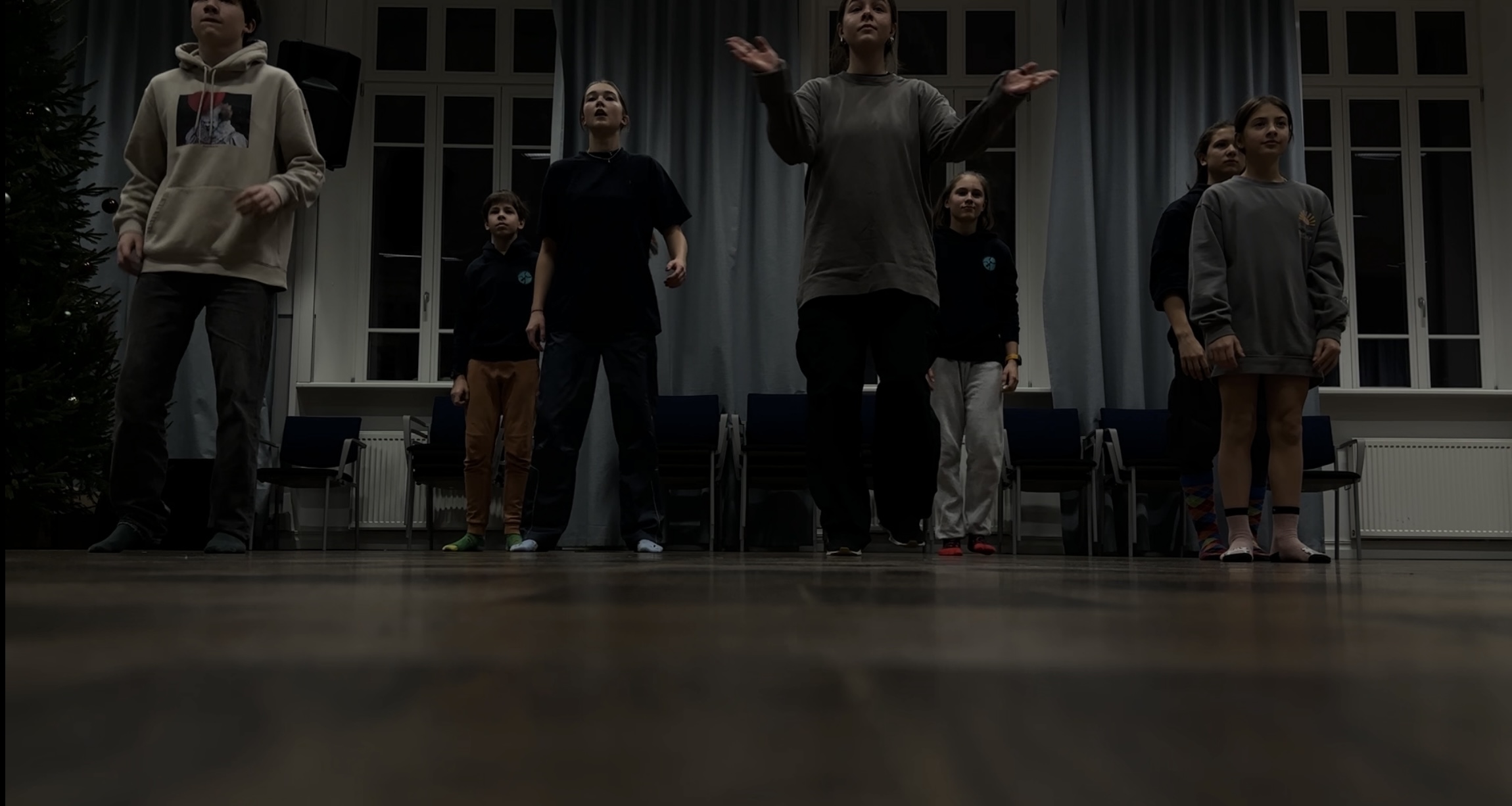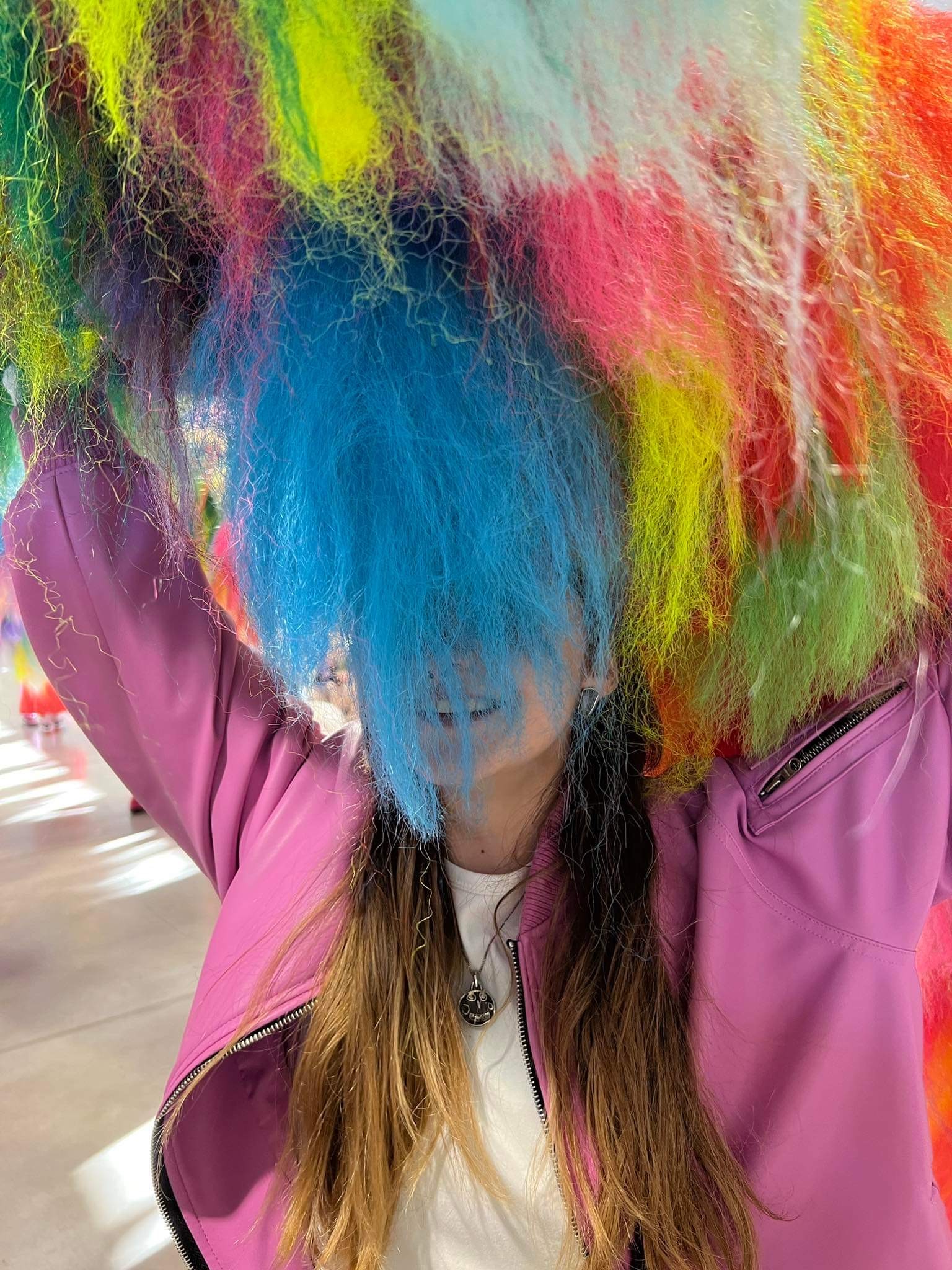“NELI AASTAT TEATRIKOOLIS: LAVASTADES ATMOSFÄÄRE“; juhendaja Garmen Tabor; teatrikunsti õppekava.
LÜHIÜLEVAADE: Lõputöös „Neli aastat teatrikoolis : lavastades atmosfääre“ analüüsin enda kujunemist teatritudengist lavastajaks. Nelja aasta jooksul loodud lavastustest kõikides olen tegelenud otsinguga leidmaks ideaalsest atmosfääri. Ma küll lavastajana defineerin ennast läbi keskkonna ja atmosfääri, aga see on rohkem intuitiivne kui teadlik. Siinkohal tundsin, et koolis omandatud praktilisele kogemusele on vaja punkt panna ning oma loomingut ka läbi teooria mõtestada. Lõputöös püüangi siduda enda lavastusi teoreetilise taustaga, et sellest lähtuvalt neid analüüsida leidmaks neis eksisteerivad võtteid, mis korduvad või on olnud eelduseks uutele võimalustele. Otsin vastuseid küsimustele: mis on teater üldiselt; mis on atmosfäär; millest ta koosneb; mis on teatriruum; millega tegeleb stsenograafia; kuidas mängib stsenograafia rolli atmosfääri loomisel; kuidas sobituvad minu kooli jooksul loodud lavastused nendesse vastustesse; kuidas olen kooliajal arenenud; kuidas mu looming on muutunud ja kõige olulisem neist, kes olen mina lavastajana ehk milline on minu lavastajakäekiri?
[Best_Wordpress_Gallery id=”1″ gal_title=”Birgit Landberg”]
SUMMARY: In my final paper „FOUR YEARS IN THEATER SCHOOL: DIRECTING THEATER SPACES“ I came to a conclusion that theatrical space, or in other words atmosphere, is in some sense air that binds different elements of the theatre performances into one. It can also be called the „soul of the artpiece“, that surrounds the viewers. Atmosphere affects the senses and processes of creating meanings. This means that the stronger the atmosphere the stronger the experience. Atmosphere is something that affects us emotionally. It is a fictional space created by the performance that consists of different elements. The main task of scenography is to constitute a whole conceptual body, where all the elements of the space come together. The main element is the physical space that is enriched with scenographic elements like set design, musical design, light design, costume design etc. that create an integral whole paying attention to the traits of character that the space offers. At the same time, there are spaces that offer so called „ready made“ atmospheres. Speaking of theatre we have to keep in mind that theatre does not automatically mean that we talk about a „theater house“. Alternative locations offer those „ready made spaces“ and allow to experience a different kind of theatre.
Above all, theatre is a visual art, you „go to see“ the play. What defines the theatrical space is the separation between the stage and the audience. It is important to understand that separation between the stage and the audience is not something that can’t be avoided. In conventional usage the stage is a place for the actors, and rest of the room is for the audience, but experimenting with the line between those two and bringing them together we can reach out to the viewers and connect them more with the performance. In many cases the alternative locations outside the regular stage help to redefine the role of the spectator and make it more than just an observer.
What is my language as a director? Foremost my work is not repetitive (at least until now). My style could be characterised by the word ‘searching’. This means that each performance is 55 a somehow more filtered, more organised and perfected version of the earlier. I am characterised by minimalism while being a maximalist. I wish to find a way of making theatre that doesn’t require building a puzzle that consists of thousands of objects, sound, light. I look for a puzzle that builds itself. I like creating powerful atmospheres. This takes me out from the traditional theatre building into spaces that seem to be alive and gain a stronger meaning in the production than an anonymous space that we march into as theatre producers. I believe that an idea should be a trigger that creates a snowball effect grabbing everything necessary with it to become stronger and more whole. Four years in theatre school have given me direction to move to and continue my search as a director.
As a conclusion I can say that I have intuitively produced atmospheres. In order to do that my work includes light design, music design as well as experimenting with the relationship between the stage and the audience. Combining theory and practice I am, somewhat surprisingly to myself, fitting into a certain theoretical framework. At the same time, theatre is repetitive – the tools for creation are the same for all. The productions I have made during my studies have enabled me to use those tools in a way that enabled me to develop my personal handwriting as a director. This repeats itself in my productions and will also characterise my work in the future.




